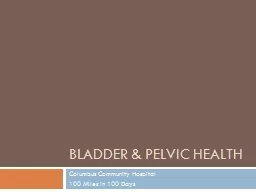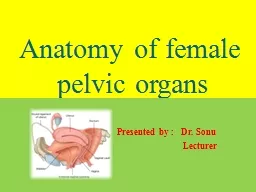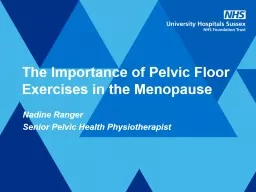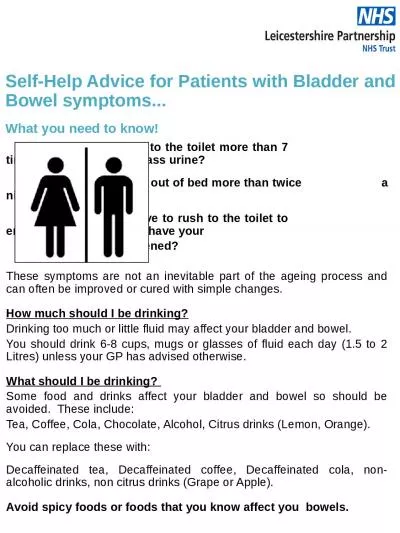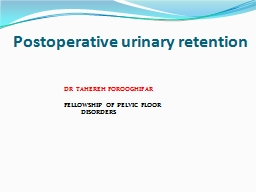PPT-Bladder & Pelvic Health
Author : phoenixbristle | Published Date : 2020-06-26
Columbus Community Hospital 100 Miles in 100 Days Introduction WOC Health Center Dr Ronald Ernst Medical Director Suite 210 Visiting Physicians Clinic Wound Ostomy
Presentation Embed Code
Download Presentation
Download Presentation The PPT/PDF document "Bladder & Pelvic Health" is the property of its rightful owner. Permission is granted to download and print the materials on this website for personal, non-commercial use only, and to display it on your personal computer provided you do not modify the materials and that you retain all copyright notices contained in the materials. By downloading content from our website, you accept the terms of this agreement.
Bladder & Pelvic Health: Transcript
Download Rules Of Document
"Bladder & Pelvic Health"The content belongs to its owner. You may download and print it for personal use, without modification, and keep all copyright notices. By downloading, you agree to these terms.
Related Documents

